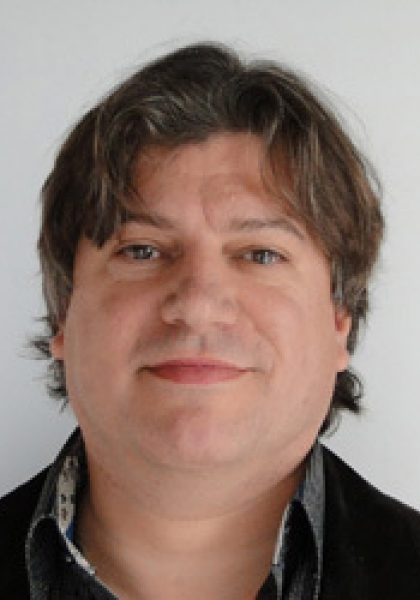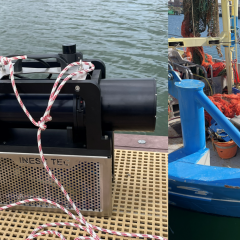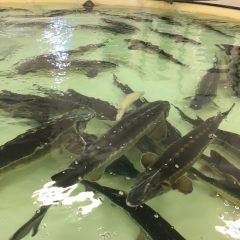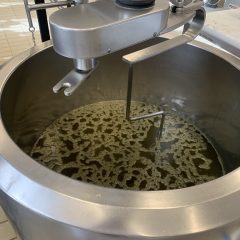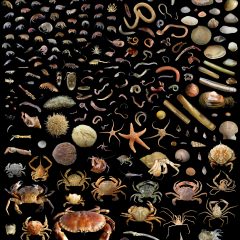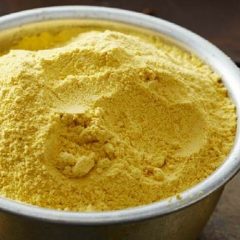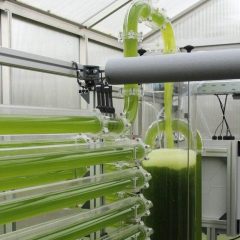Dossier Aquaculture at sea
- Fish
- Shellfish and crustacean
- Seaweed and microalgae
- Aquaculture and mariculture
- Offshore wind
- Coastal protection
- Blue biotechnology
- Fish
- Shellfish and crustaceans
There are quite a few reasons to develop mariculture - the farming of animals and plants at sea - in Flanders. After all, Flemings are major consumers of fish and seafood. Belgium imports 290,000 tons of fish and seafood every year to meet this demand. The logical question is therefore "Should we invest in our own aquaculture production?".
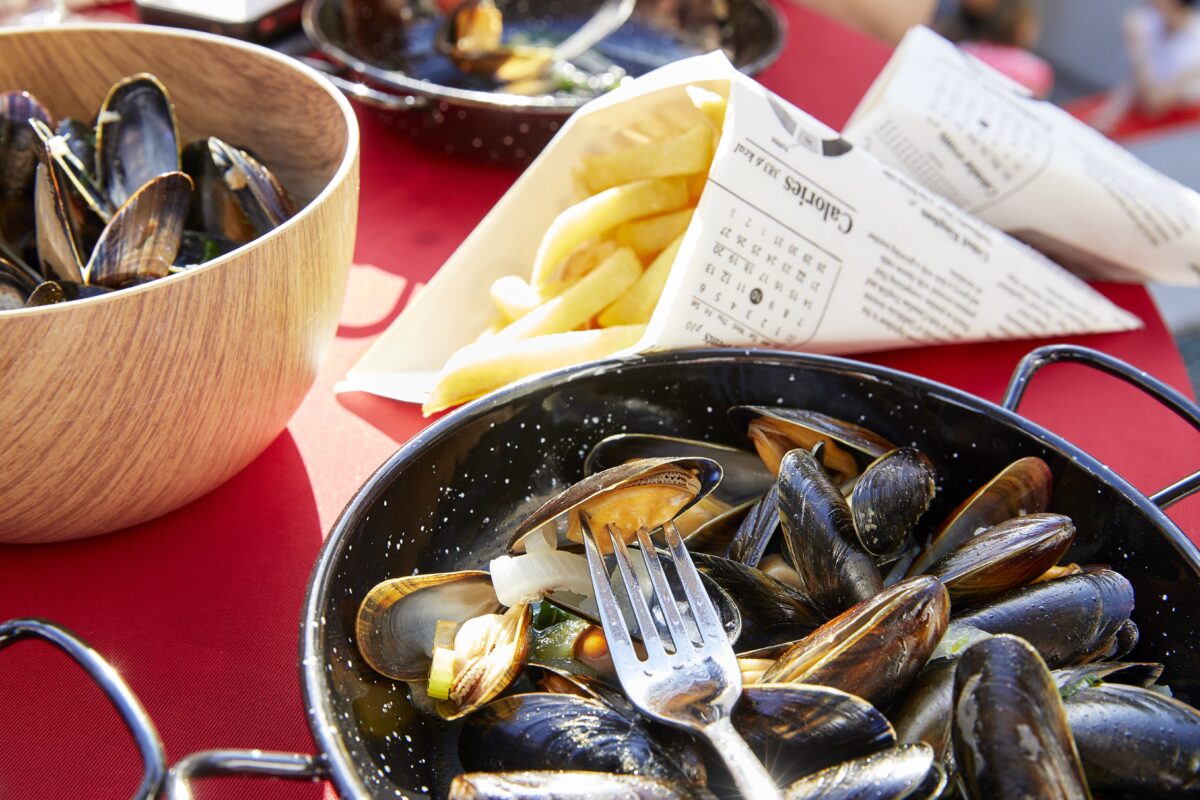
What does ILVO do?
-
 ILVO researches opportunities for the combined use of space for mariculture and other activities (wind turbine parks, fisheries, etc.)
ILVO researches opportunities for the combined use of space for mariculture and other activities (wind turbine parks, fisheries, etc.) -
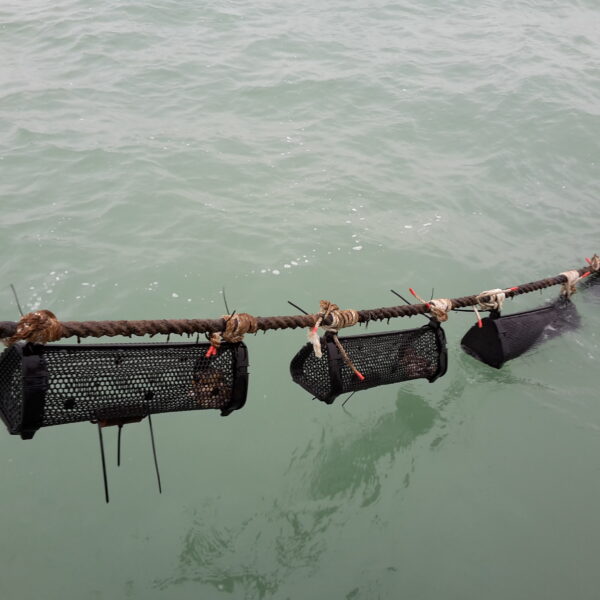 ILVO designs and coordinates construction of experimental installations on land and at sea.
ILVO designs and coordinates construction of experimental installations on land and at sea. -
 ILVO supervises innovative, but also specialized and commercialized breeding in mono- and polyculture.
ILVO supervises innovative, but also specialized and commercialized breeding in mono- and polyculture. -
 ILVO studies the mpact of mariculture, including diversity of seabed/soil life, nutrients and pollutants, and land use.
ILVO studies the mpact of mariculture, including diversity of seabed/soil life, nutrients and pollutants, and land use. -
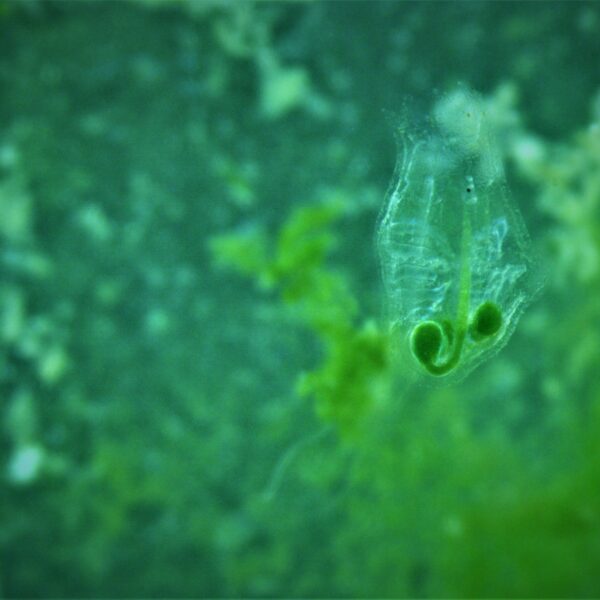 ILVO researches the characteristics of new products and the by-products from the production process.
ILVO researches the characteristics of new products and the by-products from the production process.
Economic feasibility of mariculture in the North Sea
Several studies (e.g. AquaValue, 2015) showed that seaweed cultivation and shellfish farming are economically feasible in our nutrient-rich North Sea. Moreover, the relatively rapid growth seems to allow us to compete with imported products. Getting mussels in suspension culture ready for market in the Belgian part of the North Sea takes "only" 18 months and produces meat values of 40-45%. The Zeeland mussel from seabed culture usually only has a meat value of 30-35% and takes two years to reach that level. But the taste and texture of the Belgian mussel is also different from that of the Zeeland mussel. This allows it to stand out from other mussels already on the market.
Blue Growth
But possibly even more important in the success of mariculture is the fact that the industry also wants to be part of the blue growth. This "Blue Growth" includes offshore energy extraction, aquaculture, marine biotechnology, offshore mining and coastal defense. In other words, the sustainable exploitation of the ocean and seas. In Flanders, dredging companies, windmill operators, textile manufacturers, shipowners and wholesalers are already involved in the development of aquaculture in our North Sea today. Not only are they making some of the financial resources available, they are also pooling the knowledge and experience from their own fields.
The Belgian part of the North Sea
Whether all these efforts will lead to large-scale mariculture in our part of the North Sea is not yet clear. After all, there is only limited space, and it is very busy. If it is possible to produce very intensively in a very limited area, then mass production and competition are realistic according to some. Others argue that the space is not sufficient and that we should focus on technological expertise and the development of niche markets. ILVO was and is involved in a number of guiding pilot projects. Depending on the ultimate goal of mariculture, we currently distinguish four types: mariculture as a function of food and feed, mariculture as a function of coastal protection, mariculture as a function of pharmaceutical and biotechnological processing, and mariculture as a function of nature restoration.
Mariculture for food and feed
In the past, a few attempts were made to practice aquaculture on the open sea: for example, the Flanders Queen Mussel and the Belgica mussel that were bred in 2009-2010 off the coast of Nieuwpoort and to a limited extent also came on the market here. These projects died a quiet death because, among other things, the mussel cages used proved unable to withstand the weather conditions in the North Sea. The experience and knowledge gained at that time, bundled with new partners and the necessary expertise, resulted in the start of new projects in 2017: one close to the coast of Nieuwpoort (oysters, seaweed and scallops - project Value@Sea) and one further out to sea, in the Belgian wind farms (mussels - project Edulis).
Oysters and scallops
The Value@Sea project demonstrated for the first time that the cultivation of flat oysters in the Belgian North Sea is biologically and technically feasible, and took the first steps towards seaweed cultivation in our part of the North Sea. Oysters were raised to commercial size in baskets and baskets after two growing seasons. Cultivation of scallops proved not to be feasible (yet) due to the lack of quality starting material (young scallops). Finally, the experiment on seaweed cultivation on vertically suspended textile mats showed that the strength of the suspension system and the choice of technical textile are important.
Growing mussels in a wind farm
The Edulis project was able to demonstrate that it is both biologically and technically possible to cultivate mussels in the wind farms located 30 to 50 km off the Belgian coast. That area could thus serve more than one purpose at a time. The experiments resulted in a tasty quality mussel that is well filled and meets all food safety regulations. The yield is equivalent to that of mussels from hanging culture in the Netherlands and Ireland, and the mussels grow faster than mussels from bottom culture (ready for the market in 15 months instead of 24).
These projects will be followed up with SYMAPA, among others. The SYMAPA project will investigate the possible synergies between mariculture of mussels, oysters and seaweeds and passive fishing (e.g. angling, traps, etc.). The project partners focus (1) on the optimization of cultivation techniques for the cultivation of flat oysters, mussels and seaweed, (2) on the development of cultivation and harvesting techniques for the various species that are suitable for the (sometimes harsh) conditions in the North Sea, (3) on the development of SMART aquafarming and (4) on co-creation with the various stakeholders of techniques and products.
https://www.youtube.com/watch?v=gbWNNiXjhzE
Mariculture for coastal protection
Coastal defense is becoming increasingly important, but many of the traditional techniques are anything but sustainable. The ambitious Coastbusters project, with ILVO as one of the partners, therefore went in search of systems for coastal defence that were inspired by, and worked with nature. The experiments within this project were aimed at developing pioneering conditions from which natural reefs could develop. These reefs then form the basis for an ecosystem-based coastal protection.
Specifically, three bio-builders were engaged:
1. Marine plants such as seaweed (field experiment) and eelgrass (lab setup)
2. Sand mason worms, with research on rearing and attachment process in juvenile stages
3. Shellfish, with a promising field experiment with mussels using aquaculture techniques
The project has a successor, Coastbusters 2.0, which will build on the promising concept of mussel beds.
Mariculture for pharmaceutical and biotechnological processing
Seaweed, fish, shellfish and crustaceans are best known as aquaculture products because of their value as food. However, a lot of marine animals are valuable for very different reasons: for example, some contain anti-viral, antibacterial or anti-carcinogenic substances, or they produce substances in their body or armor that can form the basis for bio-packaging.
Valorizing sea squirts
The R&D Sea Squirt project (Zeebes in Dutch) (2017-2019), for example, conducted research on a pilot process for the (re)production of tunicates or mantle animals. These are unwelcome invasives in aquaculture installations. The underside of seaweed mats are often completely overgrown with sea squirts, which then compete with the seaweed. The project partners, including ILVO, investigated the technology and analyses for obtaining an economically feasible process of processing and drying these organisms for bulk applications in aquaculture feeds. In addition, the presence of interesting bioactive substances for pharmaceutical and nutraceutical applications was also examined.
By-products of shellfish and crustaceans
By-products from existing aquaculture productions can also be particularly interesting. For example, the European BlueShell project is looking for bioactive substances in the shells of mussels, crabs and shrimp. These usually end up in the trash, but that is a shame because these remains still contain useful proteins, fats and other substances. They can be used, for example, as additives in the food industry or as growth stimulants in fruit farming.
Mariculture for nature restoration
Knowledge of mariculture techniques has increased enormously in recent years, and this offers prospects both for the economy and for nature conservation and restoration. For example, within the European project UNITED, mariculture techniques are applied to promote and accelerate the recovery of the native oyster, whose natural banks have disappeared as a result of fishing. This includes hanging structures to trap wild oyster spawn from the surrounding area, and testing the potential for a recovery habitat to form natural flat oyster reefs.
Contact an expert
